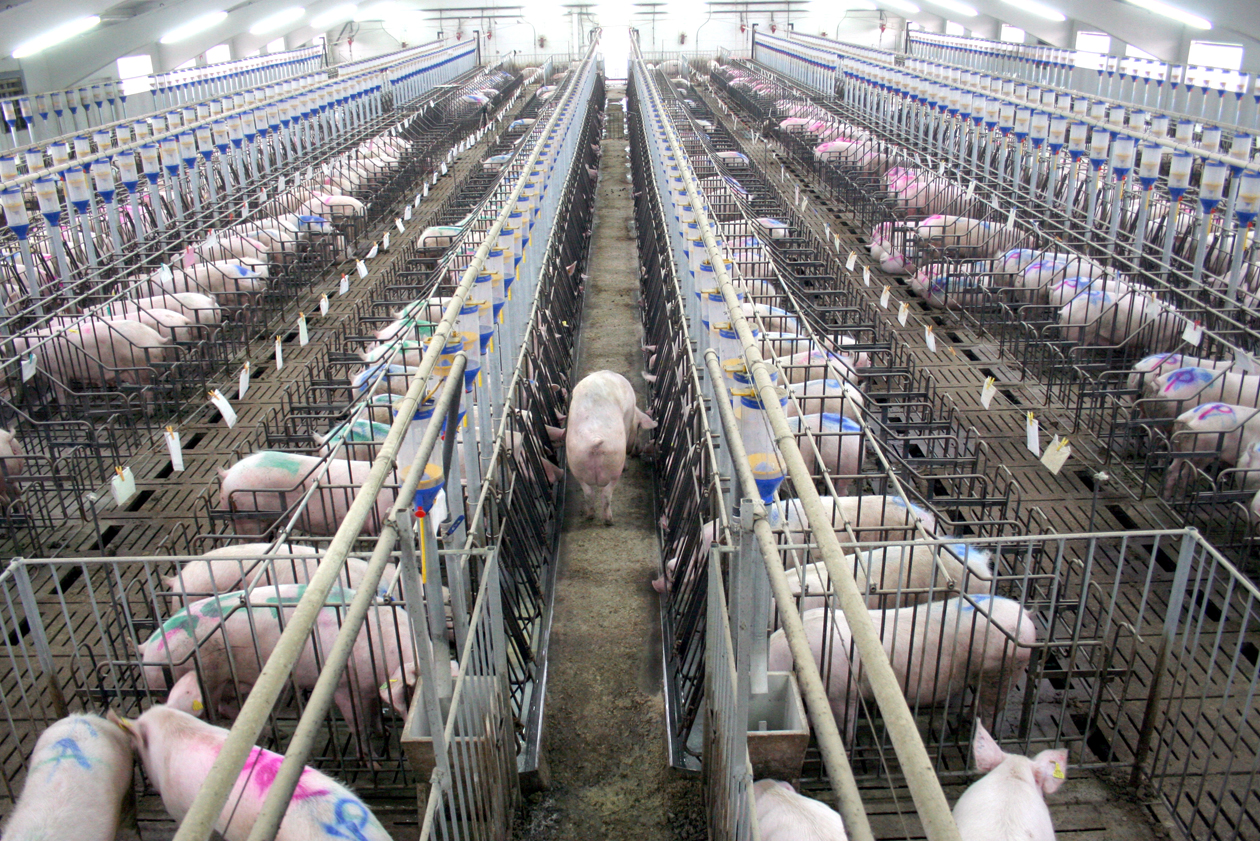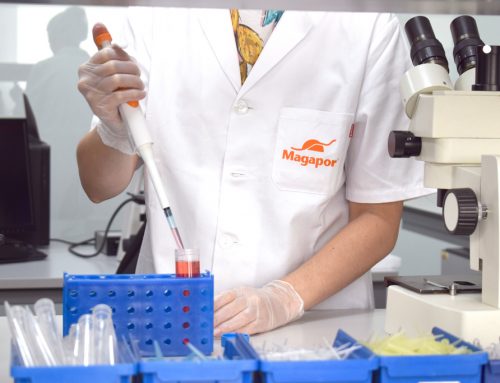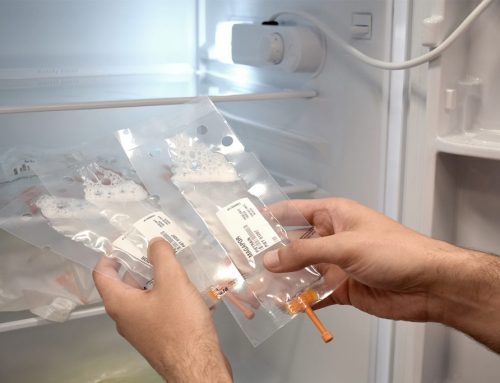To achieve high reproductive efficiency, proper detection of oestrus is very important and the first step to achieving optimal fertility and prolificacy in sows.
Incorrect oestrus detection leads to costs per non-productive days, so each failure implies easily quantifiable economic losses.
It should be taken into account that certain factors can lead to a failure to detect oestrus effectively and adequately, resulting in poor reproductive performance. Some of these factors are:
- Human factor. The success of oestrus detection depends on the experience of the personnel in charge, who may sometimes be poorly trained.
- Areas where the boar cannot be used. There are areas, such as maternity and quarantine, where the boar cannot be used.
- Gilts. In younger sows, it can be difficult to express the typical signs of oestrus. As they are more nervous it is easier to confuse the operator.
- Problems with the teaser boar. The boar may fail to stimulate the sow, e.g. with boars that have a lower pheromone production.
- High temperatures. Periods of high temperatures can be problematic for heat detection.
- Some genetics. In certain genetics, the signs of oestrus are less obvious.
Pheroboar is a tool for oestrus detection, which helps to reduce risk and maximize heat identification. This set of synthetic pheromones emulates the pheromones emitted by the boar, allowing for greater stimulation of the sow. Through the action of these pheromones, behavioral response can be maximized and maximum reproductive potential can be achieved.
The most common signs that a sow in oestrus shows and which Pheroboar helps to detect are as follows:
- Immobility reflex on dorsal pressure.
- Lordosis, arching of the back
- Erect ears. In the presence of the sow, some sows raise their ears.
- Stiffness
- Grunting
- Reddened vulva
- Sows mounting other sows (when in a group).
The sow receives various stimulation from the boar, and chemical communication (pheromones) is one of them. Thanks to Pheroboar, with just two applications you can maximize this olfactory stimulus in a uniform way for all the breeding sows. In addition, it has a blue dye that allows you to mark the treated animals for easy identification.
Boar pheromones are a handy and easy-to-implement tool to carry out a correct identification of oestrus, which, as we have seen, is key to reducing costs due to non-productive days. Therefore, by introducing Pheroboar as a heat detection tool, you will be able to carry out more efficient detection and increase productivity.




